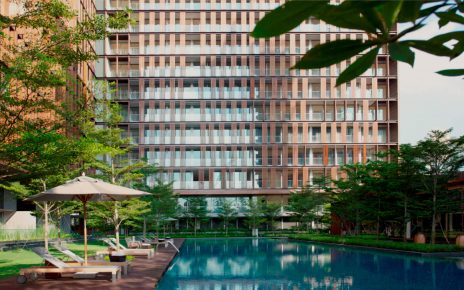Espresso was first made in Italy, although there is controversy over whether the name “espresso” comes from a word meaning “fast” or one meaning “to express.” The second explanation is more likely, since the first espresso machines used a small boiler to force steam and boiling water through the coffee grounds under pressure. These early machines tended to produce coffee with a slightly burnt flavor, and a major improvement was made in 1938 when a piston pump was added to the machine. This is the basis of the espresso machines of coffee shops today, and of the baristas who pull a lever to pump a “shot” of your favorite coffee.
Espresso’s strong, creamy coffee flavor comes from the pressure of the machine’s piston that forces more coffee solids into the cup. What makes espresso different from regular drip coffee is the light brown foam that floats on top of a shot of properly pulled espresso… called “crema,” this foam contains vegetable oils and proteins from the coffee beans .

Espresso is the base for a number of coffee drinks, including latte, mocha, and cappuccino. Cappuccino might be the most popular of the three, as it combines the strong coffee flavor of espresso with steamed milk, and topped with a layer of velvety foam.
These days, you can have barista quality espresso and cappuccino at home. There are many styles of machines to choose from, starting with the simple and functional, to ones that look like a piece of Renaissance sculpture on your kitchen counter.
Whether it is barista or café coffee day, it is the quality of content that matters and not the name for if there wasn’t any quality, then these two brands would not be so famous all over the world and their counterpart Delapaz made a list here regarding the espresso machines that one can have for making cappuccino of good quality.
When choosing an espresso machine, you need to decide if you want a manual model, a semi-automatic model, or a fully automatic machine. If you’re a busy person that wants to be able to serve your guests a good espresso after dinner, without much fuss and hassle, then either a semi or a fully-automatic espresso machine is the one you should select. You put the coffee in the receptacle, tamp it down, and press a button. With a semi-automatic machine you push the button twice, once to start and then again to stop the pump that shoots water through the coffee. Some semi-automatic machines even have a lever to make it look and feel like you are pumping the shot manually – but the lever is just replacing the button.
If you want a more hands on experience in your coffee making, and perhaps would like some acknowledgement for personal creativity, then you probably want a manual machine, also known as a lever machine. These machines are the ultimate of coffee making and you need to be prepared to spend some big bucks on one. With a manual machine, it takes some practice to learn how long to let the machine “pre-infuse” the coffee grounds and how much water to “pull” through the coffee, as well as the precise amount of coffee grounds.

At the lowest end of the semi-automatic machines at under $100, the Mr. Coffee Espresso machine won’t make too big a dent in your budget or take up too much space on your counter, but the reviews of this machine are mixed. Some people love it and say it’s easy to use and clean, but others aren’t happy with the quality of the machine or the coffee it makes.
For the serious coffee lover, consider the Rancilio Silvia. At around $600, this espresso machine isn’t cheap, but it is solidly built, will last for decades, and makes really great espresso.




